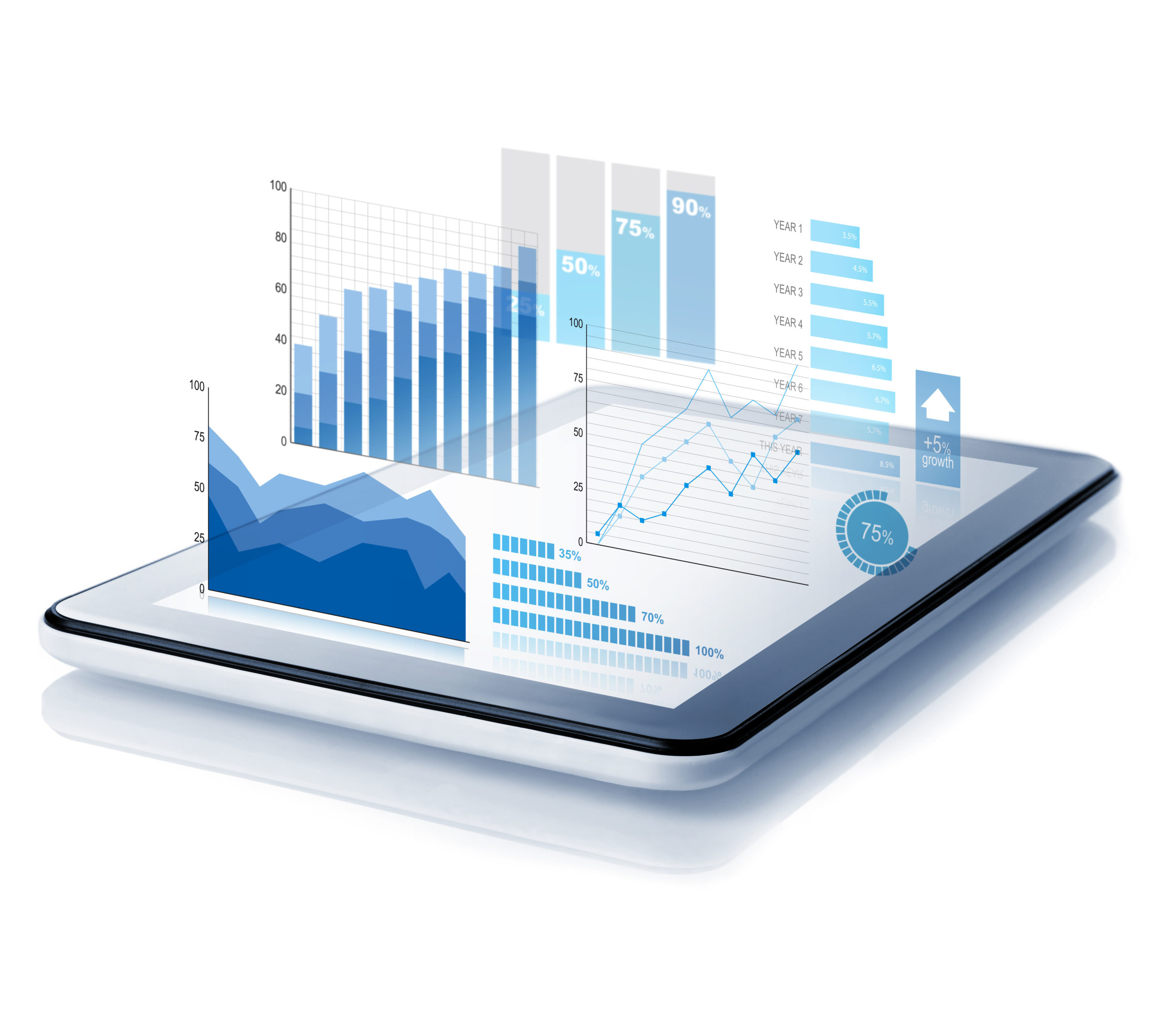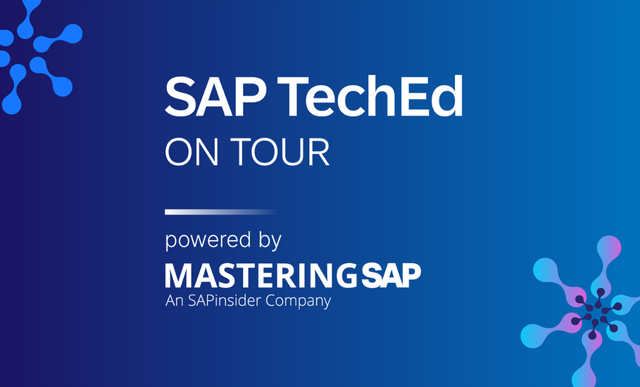SAP Headed for the Datasphere
SAP Targets Cloud, AI, and Open Standards for New Data Management Partnerships and Enhances Core SAP Data Warehouse Cloud Solution
Meet the Experts
Key Takeaways
⇨ Understand SAPs most recent announcement on data management and what it means to you.
⇨ Gain insights into SAPinsider’s latest research on data management including pain points and opportunities.
⇨ Discover what partners SAP is investing in and why so that you can better evaluate solutions and partners to support your own data management requirements.
Today, SAP announced a series of strategic partnerships and critical updates to its core SAP Data Warehouse solution aimed at helping SAP customers solve their most pressing data management challenges.
Data Management has quickly climbed the list of priorities for business and technology leaders as they realize that they cannot transform their businesses without addressing their core data issues.
“We realize that the imperative to become a data-driven organization is compelling and fundamental to the execution of our business strategy,” commented David Johnston, CIO, Messers America, one of the speakers at SAP’s press conference.
Explore related questions
Messers America is a leading industrial and medical gas company and supplies industrial, medical, specialty, and electronic gases to industrial manufacturers, hospitals, and healthcare facilities, as well as other organizations. According to Johnston, Messers realized the importance of getting its data management strategy right during the pandemic, when demand for its products at Urgent Healthcare facilities skyrocketed. The demand for strong decision support and data quality was at a premium, as its executives and business professionals had to change plans and constantly look at information so that they could make the right decisions, prioritize inventory, and service their clients.
“Fundamentally, this focus helped us get to a position to make smarter and quick decisions. Trust in the data has transformed our organization because we know it’s reflecting its source and is consistent in its context,” said Johnston.
SAPinsider’s research supports this notion and prioritization, but most companies fall behind. Preliminary data from our upcoming SAPinsider research report, SAP Data Management Strategies (to be published at the end of March 2023), finds that while many SAP customers realize that this is a priority, they are not satisfied with their current progress. When asked to rate their level of satisfaction on a scale from 1 to 100 with 100 being completely satisfied, the average rating was 60.
The truth of the matter is that most organizations depend on a wide variety of data management partners to get the job done. SAPinsider’s recent research shows that SAP customers are supporting an average of 19 data lakes and 23 different data-related tools. While most customers are looking to simplify and consolidate their providers, the assumption that data management challenges can be solved with one partner is unrealistic. That is a part of the impetus of SAP’s partnership strategy.
To emphasize the importance of the key data innovations and data management partnerships, SAP announced SAP® Datasphere solution, the next generation of its data management portfolio, which was unveiled in the presence of several of its top executives at the press announcement, including Julia White, Chief Marketing Officer; Juergen Mueller, Chief Technology Officer; Irfan Khan, President and Chief Product Officer, SAP HANA Database & Analytics; and John Chirapurath, Chief Marketing and Solutions Officer, SAP Business Technology Platform.
SAP is taking a methodical approach to building partnerships that not only fill white spaces, but that also target market leaders in the cloud and data management space. These partnerships are not just limited to sales or product positioning, but there will be strong developmental ties with these companies as well.
As Khan summarized, “The players we’ve chosen are prevalent within the installed base and are the ones that are growing the fastest within the data landscape. This not just a go-to-market strategy, but we are looking to do intrinsic engineering work together.” The announcement focused on strategic partnership with four companies:
- Collibra: Collibra touts itself as “The Data Intelligence” cloud company and boasts of several solutions that tackle data governance, data quality, and data privacy. All are top priorities for SAP customers, according to SAPinsider’s research. It has expanded its offerings to include data cataloguing, which helps support the keeping and communications of data policies and reference architectures. Heineken, Adobe, and Lockheed Martin are a few leading companies in its customer base.
- Confluent: Confluent has been at the center of the data streaming and data pipelining partner landscape. Data streaming has become critical, as it helps support and manage data that is continuously created by many different data sources. Examples of data streaming use cases would include log files or in-game analysis of video games. Confluent created Apache Kafka, which is a real-time, open-source data streaming technology that can handle trillions of events per day. Current Confluent customers include Michelin, BMW, and Bosch.
- Databricks: Databricks created the Lakehouse platform, a solution designed to unify the concepts of data warehouses and data lakes in one offering. Companies aim to adopt data warehouses for more structured and traditional analysis, while employing data lakes to support non-transactional data and the merger of multiple data sources. As SAPinsider’s research shows, this results in data silos and a multitude of tools and services being used. Databricks attempts to consolidate and simplify landscapes by integrating services in one place that can tackle disparate data priorities from performance and reliability to data governance. Databricks customers include AT&T, Shell, and Burberrry.
- DataRobot: DataRobot has built an Artificial Intelligence platform to help support the creation, support, and optimization of AI and Machine Learning applications. The platform focuses on several key areas including Data Engineering, Machine Learning, Decision Intelligence, MLOps, and Trusted AI. They help create a strong data foundation to support the end-to-end lifecycle of AI-based applications and advanced analytics. This includes data preparation and optimization as well as the automated creation of machine learning-based solutions, no code development, and Performance Measurement. DataRobot customers include Mapfre, CVS, and the US Army.
SAP also highlighted a set of key service partners who actively work with SAP customers on their data management strategies and included companies like Accenture, Capgemini, Deloitte, IBM, PricewaterhouseCoopers, and Ernst and Young.
The move to partner with companies that embrace open standards is an interesting one. As with all technologies, the success of these partnerships will be made or broken based on skillsets, and a community of technical professionals that is growing and accessible. Customers do not want to close themselves off with proprietary adoption if they don’t have to.
With the pressures on hiring and retention, IT leaders want to be able to tap into a wealth of certified and experienced professionals. The Data Management scene is no different. SAP understands the importance of this, which is why it is partnering with organizations as opposed to embracing one platform.
SAP is by no means abdicating the data management market strictly to partners. It will continue to develop its core SAP Data Warehouse offering, SAP Data Warehouse Cloud, under the new brand known as SAP Datasphere. This will also continue to be a part of its overall SAP Business Technology Platform upon which SAP Datasphere is built.
Today’s announcement highlighted several new capabilities that are immediately available today. New features cut across the functionality of SAP Data Warehouse Cloud including user experience, semantic modeling, and data virtualization, just to name a few. (Look for future articles drilling into these capabilities as more information becomes available.) All current SAP Data Warehouse Cloud customers will have immediate access to these features.
The area of differentiation with SAP Datasphere will continue to be in establishing business context and integration within the core SAP ECC, SAP S/4HANA, and Cloud-based business solutions such as SAP Ariba and SAP SuccessFactors.
“80 percent of data projects are spent recreating context that has been lost during the data roundup process. This is the hidden data tax,” commented Julia White, CMO, SAP. SAP’s mission and positioning will focus on helping organizations reduce or eliminate this burden.
What This Means for SAPinsiders
If you’re a true-blue SAP shop, you need to consider SAP Data Management options and expand training initiatives: SAP is investing significant resources in providing tight integration between its analytics and data management solutions and core business applications and processes. This announcement is only the beginning.
If you have widely adopted SAP on the back end, it makes sense to take advantage of this existing investment and tap into SAP capabilities. This means that you must have the right skillsets and resources in place that understand how to leverage these tools and integrate these solutions.
Invest in data catalogs and data governance now: SAP and other solution providers are trying to make it easier for organizations to model data and preserve the business context of that data. Expect more features and functions to come out related to data abstraction and semantic modeling, not just within SAP data, but non-SAP data sources as well.
During the press conference, SAP’s Khan on several occasions referred to the concept of a data product that companies can author and construct, which can be built into a data catalog that describes data objects and preserves business context. Companies need to start to develop these organization-wide principles and standards and limit just the freeform creation of objects and definitions.
Study up on these SAP data management partners. The data management and analytics landscape is filled with partners and solutions and is shifting all the time. Pay attention to these types of announcements and familiarize yourself with their core capabilities and value proposition. Read the customer case studies to find organizations that match your size, geography, and industry. At SAPinsider, we’ll be covering most of these partners in detail. Likely you won’t find one that fits all your data management needs, but you will be able to target a few vendors that align with your strategy and requirements.
Embrace open standards. Most of the key capabilities and solutions that partners—including SAP—are introducing are based on open source or open standards such as the Open Table Format. This should be intrinsic to your approaches for evaluating and implementing new applications. This will also help you tap into the broadest pools of skillsets and roles when it comes to hiring.









